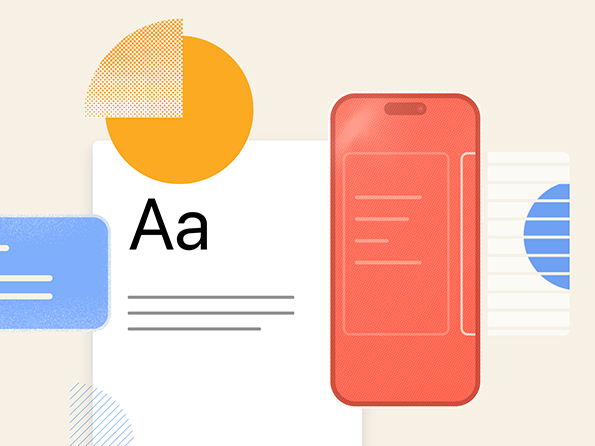How to Build a Landing Page that Converts

Website home pages are often thought of as the most crucial place to win hearts and minds, but landing pages share that responsibility.
If you’re involved in pay-per click advertising, you’re almost certainly pulling people to landing pages that not only capture lead information, but may be the first page on your website these people see. And you probably have landing pages that you hope will entice visitors to view a demo, sign up for a mailing list, download additional information, or any other manner of engagement.
Whether that engagement goes the way you want has everything to do with the care put into the landing page. Even if you get the right prospects to come there, you’ll miss the opportunity to move them toward becoming customers if your landing page doesn’t succeed in advancing them. Simply put, for landing pages, conversion is king.
Common misconceptions about optimizing landing pages
One common misunderstanding is that any existing webpage can serve as a landing page. Each landing page should have one focused message, and one clear call to action – yet many webpages have neither. A website for a company that makes software for car dealerships may have a “products” section that explains the software’s benefits, but getting dealership managers to read those benefits won’t necessarily convert them. In addition to compelling product messaging, it takes an attractive invitation to move them further along, perhaps to view a demo and see the product in action. And if new car dealerships and used car dealerships have divergent needs for software, there should probably be a separate landing page for each audience.
Another common misconception is that collecting minimum information means more site visitors will fill out a form. Collecting only name, email, and phone number may seem like the shortest route from point A-to-B, but it can send up red flags. Prospects may wonder why you’re not asking them about their needs and wants – will you then contact them for the wrong reason? A more thorough form won’t scare them away, and it will make it easier for your sales team to identify qualified leads.
Three tips to improve landing page conversion rates
To maximize your landing page’s conversion rate, follow these three simple guidelines:
- Consider including photography featuring people. A recent study found that 73% of SaaS (software as a service) landing pages include images of people. Why? Human faces grab attention. For SaaS, a category that isn’t terribly emotional, featuring people can elicit a positive response.
- Demonstrate credibility and experience, but do it carefully. Including client logos or featured press is a good idea as long as it’s meaningful. Client logos should link to relevant case studies explaining the value delivered to them. Press excerpts should link to the source article so visitors can see you’re not cherry-picking. B2B tip: If your business is well-established, provide evidence – “For more than 30 years…” or “Since 1982…”.
- Talk benefits, not features. Benefit-oriented copy is essential to landing page conversion. Present visitors with the gains they’ll realize from engaging with you; focus on what they’ll get in return (“Never Touch a Line of Code”) rather than your solution’s function (“Seamless Data Migration”). Most people who visit your site are looking for a solution to a need – characterize how you will satisfy it.
The following landing page for a North Street client does exactly what it needs to do – appeal to someone in need of XYZ, and capture the information needed to qualify the lead.

Key advantages:
- Very specific messaging, with a clear call to action.
- Photo of people enjoying the fruits of the firm’s labor.
- Form asking for multiple inputs, suggesting credibility.
- Phone number at bottom of form reinforces credibility.
- Selling points positioned as benefits rather than features.
Drive more high-value visits to your landing pages
Developing a landing page goes hand in hand with search engine optimization (SEO). Whether you’re running a PPC campaign, attending a tradeshow, or nurturing warm prospects, you want people to be able to find your business online. It all begins with SEO, and we have a few simple tips to getting you started in Our SEO Checklist for Web Design. But it doesn’t stop here. You can’t forget about converting your highly sought-after website visitors.
Again, conversion is king in landing pages. While they are marketing tools, landing pages need to draw people in rather than push. Using smart design and understanding the user experience is crucial to conversions. How are you creating a better user experience for website visitors?

About north street
We engineer the thoughtful transformation of great organizations. Our proven process helps us understand what your competitors are doing right — and wrong. Want to learn more? Let’s chat.



























